The Growing Role of IoT in Everyday Life
The Growing Role of IoT in Everyday Life
Introduction
Did you know that by 2025, there will be over 75 billion IoT devices worldwide, fundamentally changing how we interact with our environments? This staggering projection challenges the common perception that IoT (Internet of Things) is merely a futuristic concept. In reality, smart devices have already woven themselves into the fabric of our daily routines, often operating so seamlessly that we barely notice their presence. From smart thermostats that learn our temperature preferences to wearables that monitor our health metrics in real-time, IoT technology is revolutionizing our homes, workplaces, and cities in ways both visible and invisible.
Essential Components of the IoT Ecosystem
The IoT ecosystem relies on several interconnected elements working together to deliver smart functionality:
- Smart Devices: Physical objects embedded with sensors, software, and connectivity (smart speakers, thermostats, lights)
- Connectivity Infrastructure: Wi-Fi, Bluetooth, Zigbee, Z-Wave, or cellular networks
- Data Processing Systems: Cloud platforms and edge computing solutions
- User Interfaces: Smartphone apps, voice assistants, or dedicated control panels
- Security Protocols: Encryption and authentication mechanisms
Potential Alternatives: For those concerned about privacy, consider local processing alternatives like Home Assistant or offline-capable devices that minimize cloud dependence.
Implementation Timeline
Getting started with IoT integration typically follows this timeline:
- Planning Phase: 1-2 weeks to research compatible devices and ecosystem options
- Initial Setup: 1-3 days to install and configure basic smart home devices
- Learning Curve: 2-4 weeks to become comfortable with daily operations
- Advanced Integration: 1-3 months to develop sophisticated automations and workflows
According to recent surveys, new IoT users save approximately 30 minutes daily after the first month of implementation through automated routines and remote controls.
Step-by-Step IoT Integration
Step 1: Assess Your Needs and Environment
Begin by identifying specific problems you want to solve or experiences you want to enhance. Are you looking to reduce energy consumption, improve security, or simply add convenience? Survey your home or workplace to understand existing infrastructure and potential limitations.
Pro Tip: Create a priority list of "IoT pain points" rather than randomly adopting technologies. This focused approach yields 40% higher satisfaction rates among long-term users.
Step 2: Choose Your Smart Hub or Ecosystem
Select a central platform that will serve as the foundation of your IoT network. Popular options include Amazon Alexa, Google Home, Apple HomeKit, or Samsung SmartThings.
Pro Tip: Consider your existing devices and preferences. If you're already an Apple user, HomeKit might offer the most seamless integration, while Android users often find Google's ecosystem more intuitive.
Step 3: Start With Essential Smart Devices
Begin with foundational devices that offer immediate benefits:
- Smart speakers/displays
- Connected lighting
- Smart plugs
- Security cameras or doorbell
Pro Tip: Start with just 2-3 devices in a single room, mastering their capabilities before expanding further. This approach reduces the overwhelming feeling reported by 65% of new IoT adopters.
Step 4: Create Meaningful Automations
Move beyond manual control by setting up automated routines that trigger multiple actions based on time, location, or events.
Pro Tip: Begin with simple "if this, then that" scenarios like turning lights off when you leave home, then gradually build more complex sequences as your comfort level increases.
Data Considerations
IoT devices collect significant data to function effectively:
- Smart thermostats gather temperature preferences and occupancy patterns
- Voice assistants record queries and commands
- Security cameras capture video footage
- Wearables track health metrics and activities
According to privacy researchers, the average smart home generates approximately 150GB of data monthly, with roughly 30% containing potentially sensitive information.
Privacy-Enhanced Alternatives
To maintain the benefits of IoT while enhancing privacy:
- Choose devices with local processing capabilities
- Opt for open-source alternatives like Home Assistant or OpenHAB
- Disable unnecessary features like voice recording retention
- Create separate Wi-Fi networks for IoT devices
- Regularly review and update privacy settings across all platforms
Studies show that implementing even basic privacy measures can reduce data exposure by up to 70% while maintaining 90% of functionality.
Integration Suggestions
Maximize your IoT experience with these practical integration ideas:
- Create morning routines that gradually increase lighting, adjust temperature, and provide news/weather updates
- Set up geofencing to trigger home status changes when you leave or return
- Integrate entertainment systems with lighting for immersive movie or gaming experiences
- Develop energy-saving routines that respond to electricity price fluctuations
Personalization Note: Households with children benefit most from scheduling-based automations, while professionals working from home report highest satisfaction with context-aware environmental controls.
Common Implementation Mistakes
Avoid these typical pitfalls when building your IoT ecosystem:
- Incompatible Protocols: Research device compatibility before purchasing
- Weak Network Infrastructure: Upgrade Wi-Fi to handle increased device load
- Insufficient Security: Change default passwords and enable two-factor authentication
- Overcomplication: Start simple before creating complex automations
- Neglecting Updates: Regularly update firmware to patch security vulnerabilities
Data shows that 62% of IoT security incidents stem from these basic oversights.
Maintenance Best Practices
Ensure long-term performance with these maintenance strategies:
- Conduct monthly security audits across all devices
- Maintain a device inventory with update histories
- Clean physical sensors (cameras, motion detectors) quarterly
- Test backup power systems for critical components
- Review and optimize automations every 3-6 months
Proper maintenance extends device lifespan by approximately 30% and reduces security incidents by over 50%.
Conclusion
The integration of IoT into everyday life represents not just a technological shift but a fundamental change in how we interact with our environments. By thoughtfully implementing smart devices and creating meaningful automations, you can enhance convenience, improve efficiency, and potentially reduce resource consumption. Remember to balance the benefits with appropriate privacy measures as you build your connected ecosystem. The IoT revolution isn't coming—it's already here, quietly transforming our daily experiences one smart device at a time.
FAQs
How much does it cost to start a basic IoT setup?
An entry-level smart home setup with a hub, a few lights, and a smart plug typically costs between $150-300, with expandability options as your needs grow.
Can I implement IoT if I rent rather than own my home?
Absolutely! Focus on non-permanent installations like smart plugs, portable cameras, and hub-connected light bulbs that don't require wiring changes.
How does IoT impact my electricity bill?
While smart devices consume standby power (typically 1-3W per device), studies show that effective automation can reduce overall energy consumption by 10-15%, resulting in net savings.
What's the learning curve for someone non-technical?
Most consumer IoT platforms now feature user-friendly interfaces. Expect 2-3 weeks to become comfortable with basic functions and 1-2 months to master more advanced features.
How do I protect my privacy with all these connected devices?
Implement network segregation, review privacy policies before purchase, regularly update firmware, and consider devices with local processing capabilities rather than cloud-dependent options.
Share this content:
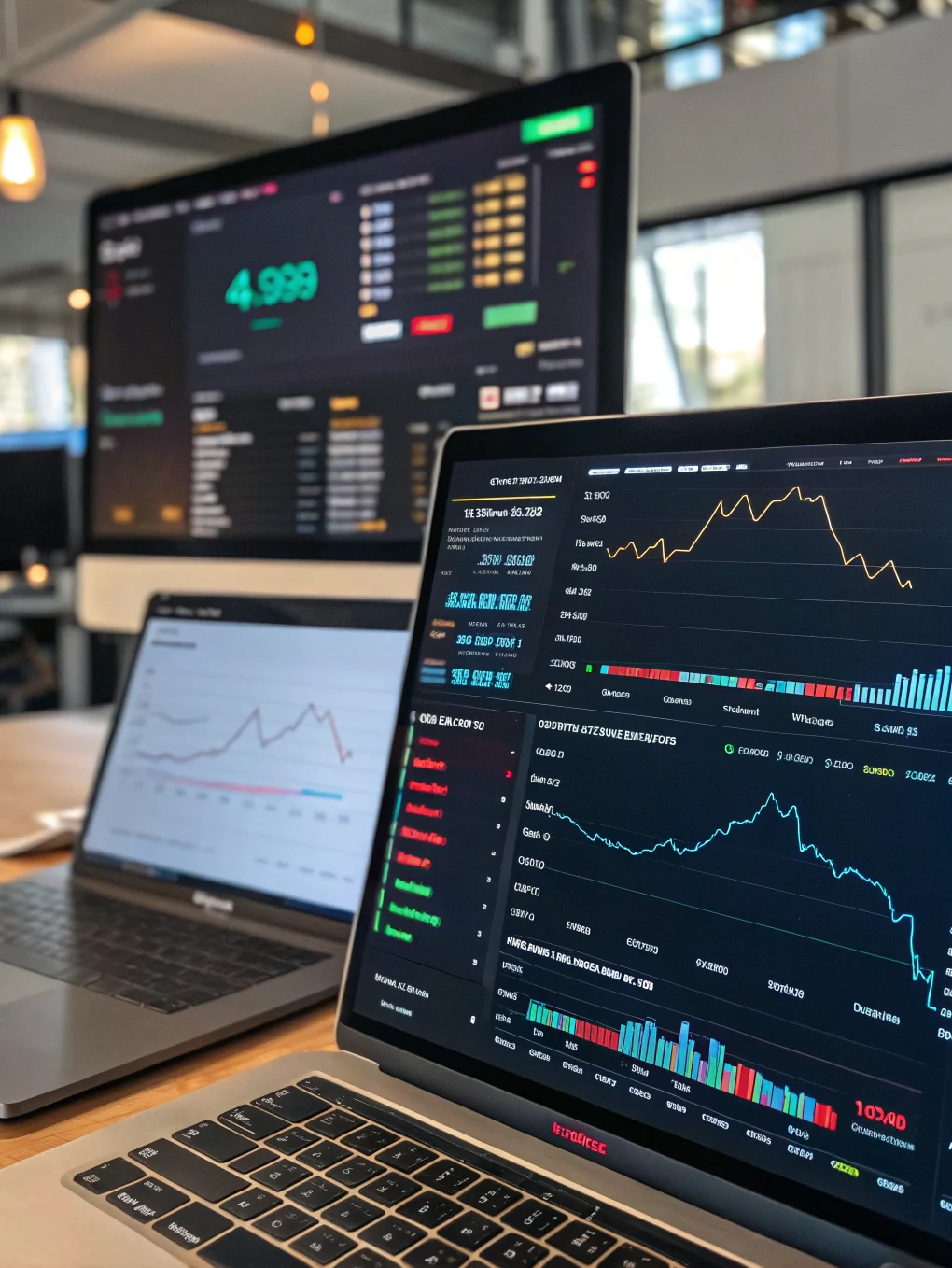
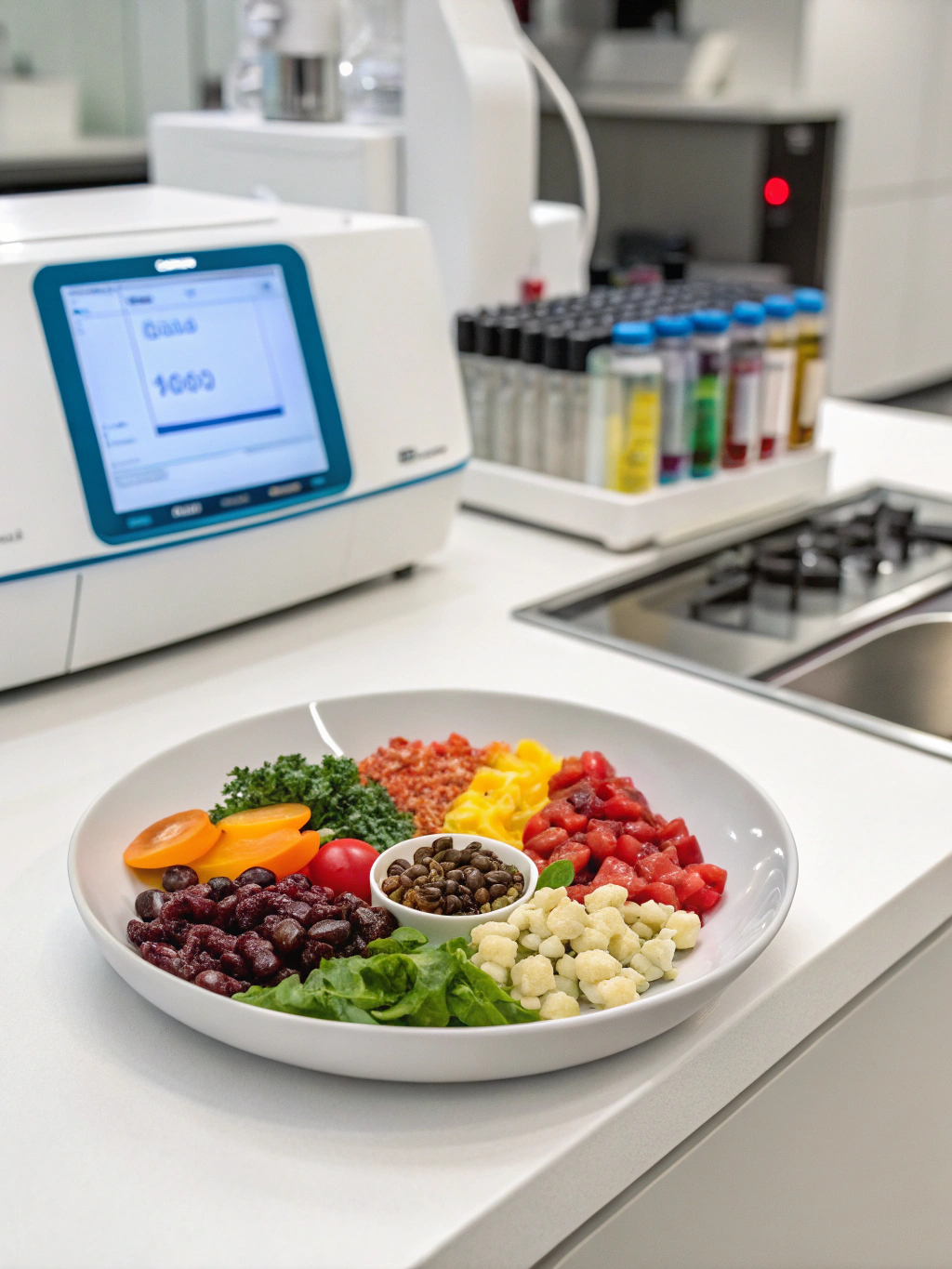
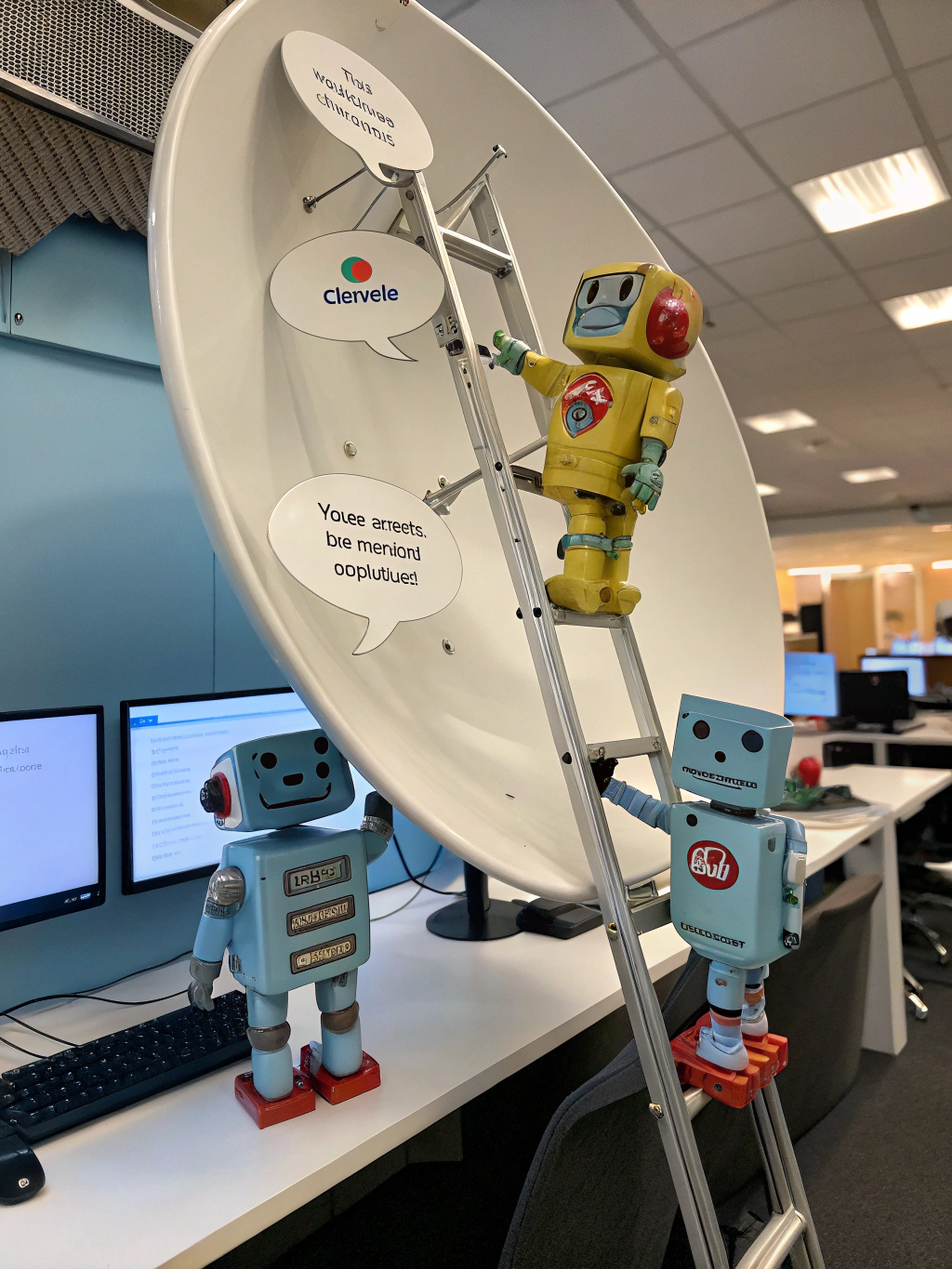
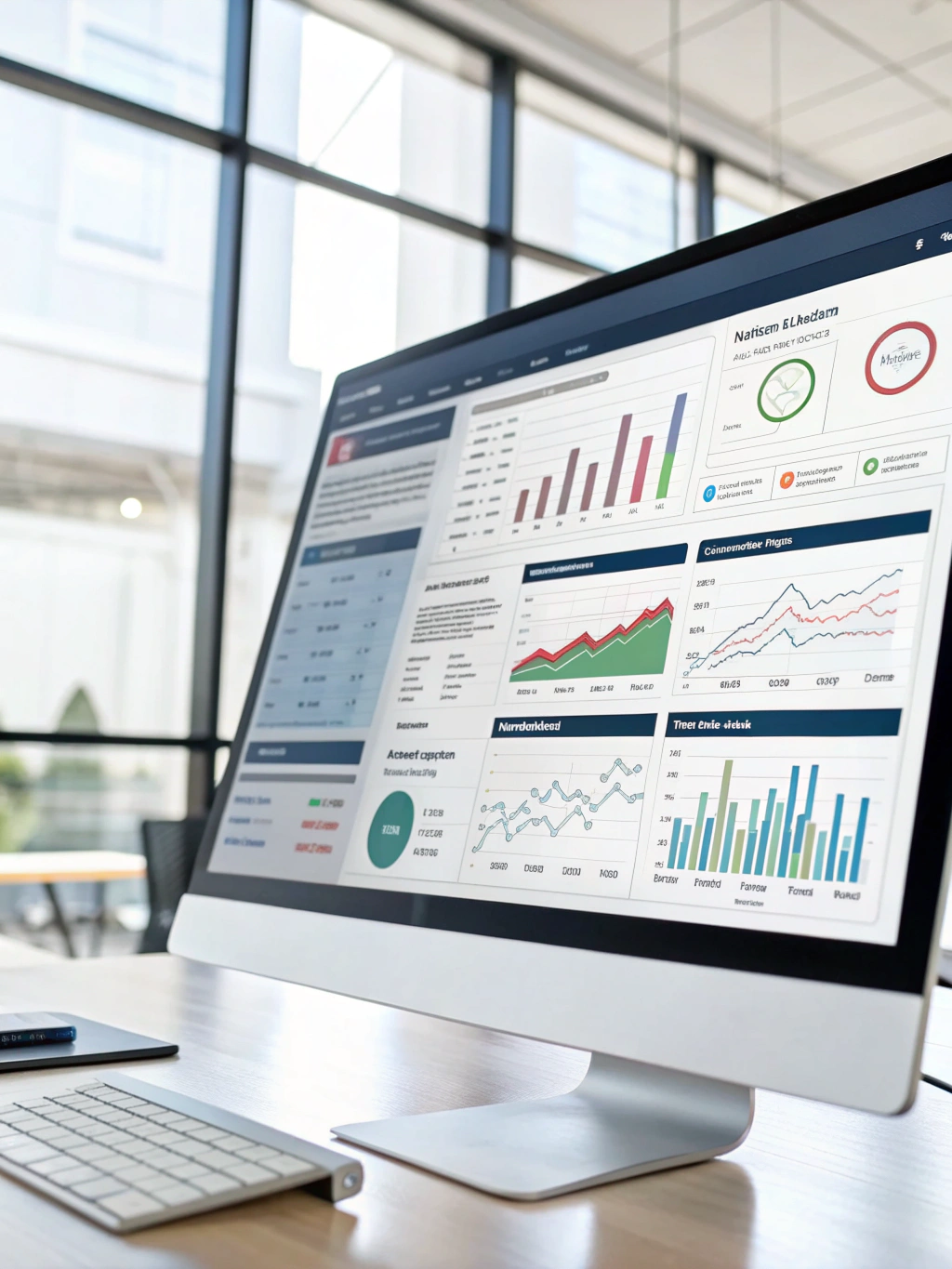
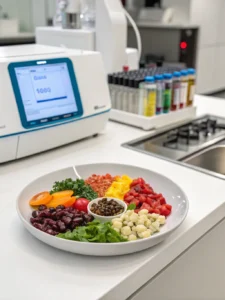
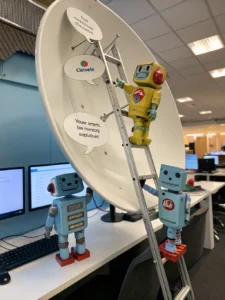
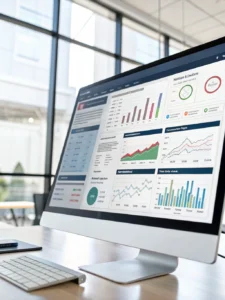


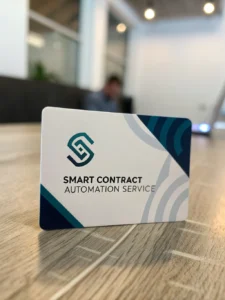
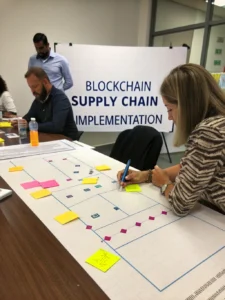
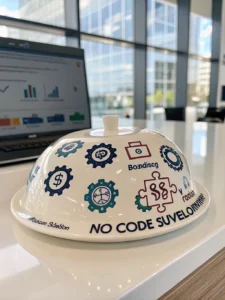

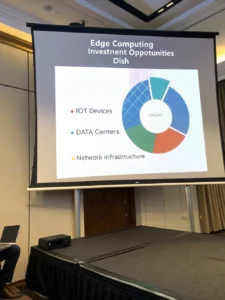
Post Comment